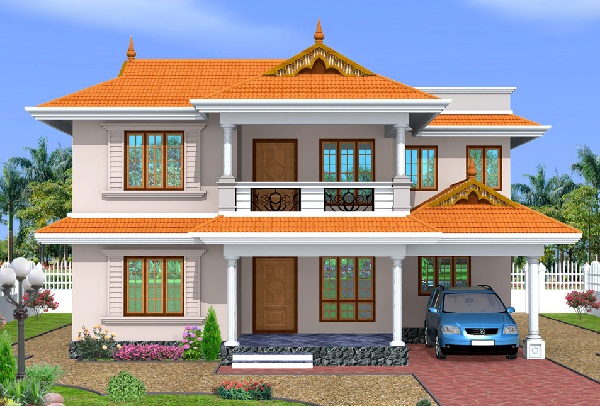Designing a home roof involves careful consideration of various factors, including architectural style, climate, budget, and personal preferences. A well-designed roof not only enhances the overall appearance of the home but also provides protection from the elements and contributes to energy efficiency. Here are some key factors to consider when https://www.rfccambridge.com/ a home roof:
Table of Contents
1. Architectural Style
The architectural style of your home will influence the design of the roof. Whether you’re building a traditional farmhouse, modern contemporary home, or rustic cabin, the roof should complement the overall aesthetic and character of the architecture.
2. Roof Shape
The shape of the roof plays a significant role in both aesthetics and functionality. Common roof shapes include gable, hip, shed, flat, and mansard roofs. Consider factors such as local building codes, climate, and personal preferences when selecting a roof shape.
3. Materials
Choose roofing materials that are durable, weather-resistant, and suitable for your climate. Options include asphalt shingles, metal roofing, clay or concrete tiles, cedar shakes, and synthetic roofing materials. Consider factors such as cost, longevity, maintenance requirements, and aesthetic appeal when selecting roofing materials.
4. Color
The color of the roof can significantly impact the overall appearance of the home. Choose a roof color that complements the exterior siding, trim, and surrounding landscape. Light-colored roofs reflect heat and sunlight, keeping the home cooler in warm climates, while dark-colored roofs absorb heat and provide warmth in colder climates.
5. Ventilation
Proper roof ventilation is essential for maintaining indoor air quality, preventing moisture buildup, and extending the life of the roof. Incorporate ridge vents, soffit vents, or attic fans to ensure adequate airflow and ventilation in the attic space.
6. Insulation
Insulate the roof to improve energy efficiency, reduce heating and cooling costs, and enhance comfort levels inside the home. Install insulation materials such as fiberglass batts, spray foam, or rigid foam board between the roof rafters or in the attic space to minimize heat loss and gain.
7. Slope and Pitch
The slope and pitch of the roof determine its drainage capacity, resistance to wind and snow loads, and overall aesthetic appearance. Choose a roof slope and pitch that are suitable for your climate and local weather conditions while also complementing the architectural style of the home.
8. Sustainability
Consider incorporating sustainable roofing practices and materials into your roof design to reduce environmental impact and promote energy efficiency. Options include green roofs, solar panels, cool roofs, and recycled or eco-friendly roofing materials.
Conclusion
Designing a home roof involves balancing functional requirements with aesthetic considerations to create a beautiful, durable, and efficient roofing system. By carefully considering factors such as architectural style, roof shape, materials, color, ventilation, insulation, slope, and sustainability, you can create a roof that enhances the overall appeal and performance of your home.


